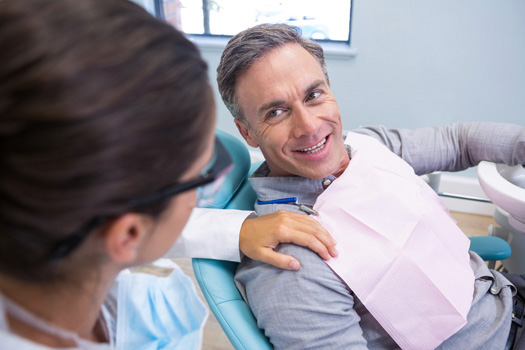Intravenously small amounts of anxiolytic drugs are administered to the patient. These do not alter the state of consciousness but help to mitigate the effects of tension induced by being at the dentist.
Blood pressure is stabilised at rest values and frequent inconveniences including excessive salivation, gagging and the difficulty to keep the position the dentist requires are avoided.
To guarantee a completely safe procedure, the patient is constantly monitored and all post-op complications, such as pain and swelling, are basically solved. Patients leave the practice in a fully autonomous way although they should avoid riding a bicycle, motorbike or car for a period of 4 hours after the procedure.
This protocol is particularly effective in treating PHOBIC PATIENTS or PATIENTS WITH CHRONIC DISEASES, as the complete monitoring of the patient during the procedure and the possibility to administer intravenous drugs, in case of necessity, allow to promptly intercept and manage any complications.
The enormous advantages of this anesthetic approach, prompted us to extend this method of working to patients who are in good health and not phobic, but candidates for invasive surgical therapies and/or long-term ones. In doing so the patient has better comfort operative and post-operative.

